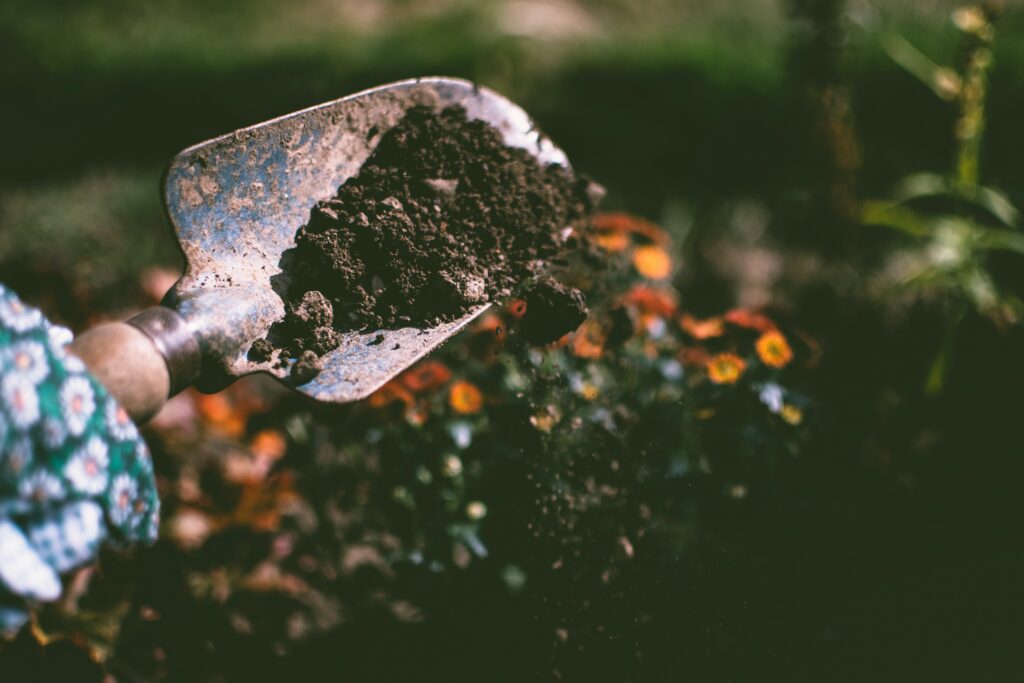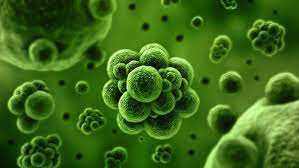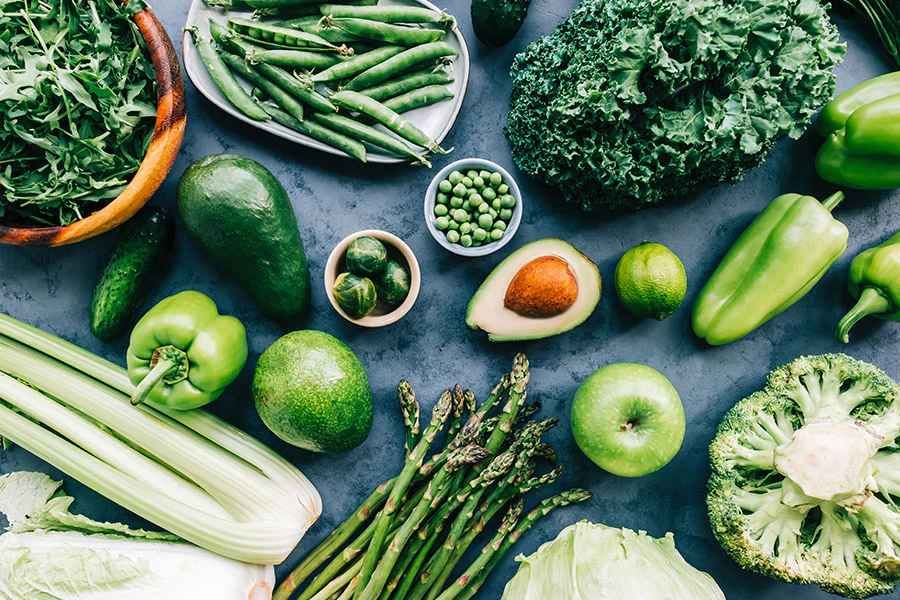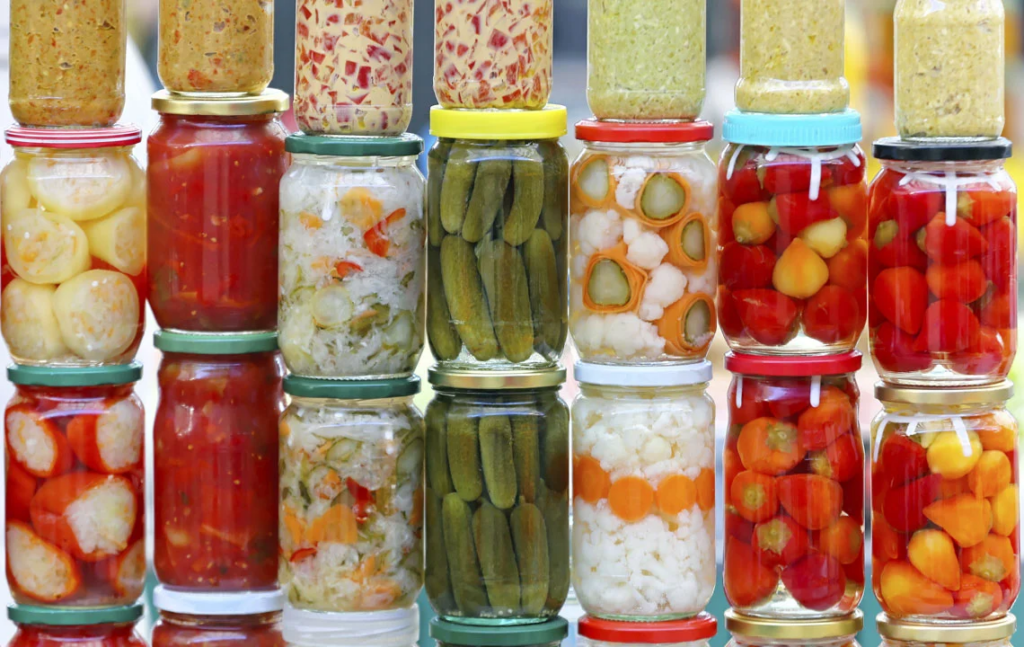A closer look at how you can influence the powerful, 2-way gut:skin connection. Follow your gut instincts with a reliable internal skincare routine.
Seeing your skin as the bridge between inner and outer beauty, I want to explore the concept of internal skincare more. Inflammation is the biggest culprit for healthy, radiant skin. So, let’s follow our gut instincts for beautiful skin and snuff out the flames.
The Connection Between Gut Health and Skincare.
Achieving beautiful, glowing skin and good health isn’t as simple as applying the latest miracle cream or speed-dialling your favourite facialist. I know it might not sound very glamorous, but here’s the truth: the path to radiant skin and overall well-being begins in your gut. Instead of chasing the latest skincare trends, why not invest your time and resources in improving your digestive health? Not only will this simplify your skincare routine, but it will also help you achieve a smooth, balanced, and glowing complexion. All while making you feel better inside and out.
Let’s Picture It: Your Gut as the Soil

To make this concept easier to digest (pardon the pun), let’s use an analogy. Imagine your gut as the soil in a garden. Just as the soil needs the proper nutrients and a balanced ecosystem of microorganisms to support healthy plant growth, your gut requires the correct bacterial balance and nutrients to maintain robust and radiant skin.
Your gut isn’t just responsible for digestion. It’s the headquarters of 70% of your immune system. It’s also the metabolic hub for hormones, and the factory where nutrients and neurotransmitters are created. When these processes are out of balance or not functioning optimally, they can have a profound impact on your complexion and overall health.
The Impact of Gut Digestive Health on Skin
Consider how imbalanced hormones can wreak havoc on your skin’s appearance and your general well-being. If your gut isn’t absorbing enough nutrients due to poor health, your skin won’t receive the essential nutrition it needs for elasticity and collagen production.
The result? Dull, lacklustre skin with an uneven tone.
Moreover, if your body isn’t detoxifying correctly due to poor gut health, your skin, as the body’s largest elimination organ, will suffer. Studies show that where there is gut inflammation, there will be skin inflammation. So, listen to your gut instincts and let’s put out the fire. Studies even suggest that people with a healthier gut microbiota tend to have better skin with improved moisture levels and protection.
Good Bacteria For Skin: The Unsung Heroes

The gut is home to trillions of microbes, including hundreds of different bacterial species, that outnumber the body’s cells by 10 to 1. We co-exist with about 500–1000 different species of bacteria. Not so glamorous, I know, but think of those good bacteria as your skin and body’s very best helpers.
These good bacteria play a crucial role in maintaining your skin’s health and appearance. Studies continue to reveal how the composition of gut bacteria can influence not only your skin but also your mood, weight, blood sugar levels, and your body’s ability to fight infections.
So, for us to look and feel our absolute best, we must strive for a predominance of good bacteria over the bad guys. An abundance of bad bacteria can contribute significantly to skin problems, from acne and rosacea to premature ageing and lacklustre skin.
Supporting Your Gut Instincts for Radiant Skin
Now, you might be wondering how to ensure that the good bacteria triumph in the ongoing tug-of-war in your gut. Unfortunately, many aspects of modern life aren’t very friendly to beneficial gut bacteria. Stress, processed foods, antibiotics, alcohol, cigarettes, sugar, and pollution can compromise the good bacteria while nourishing the pathogenic ones.
But guess what? Here’s the good news: We all have our own unique bacterial gut print! So where does our bacterial pattern originate? It is primarily established in the first three weeks of life. But the good news is that if it doesn’t go so well and the beneficial bacteria lose out, we can help alter this pattern with changes to lifestyle and diet.
Here Are Some Key Strategies You Can
Incorporate Into Your Routine
Eat Whole Foods: Opt for whole, unprocessed foods that nature provides. These are your allies in encouraging the growth of good bacteria. Try to go with the low HI approach – opt for low human intervention foods. That means eating plenty of whole foods that are provided by nature. And not foods that are tainted by human hands or processed in a lab.
De-stress: Practices like yoga, meditation, and self-love create an environment where beneficial flora can flourish, as they are not big fans of stress.

Probiotics: Look for products containing proven strains of good bacteria, like Lactobacillus and Bifidobacterium species. Be cautious of products with high sugar content. Probiotic supplements or lacto-fermented foods are beneficial. You can find them in yoghurts and probiotic drinks. But be careful that those products are not also full of gut-depleting sugar. Probiotic supplements also are really helpful.
Prebiotics: Consume prebiotic-rich foods. Prebiotics help boost the growth of friendly bacteria. These include non-digestible food substances found in asparagus, bananas, endive, chicory, garlic, globe and Jerusalem artichokes, kefir, leeks, and onions, as well as foods rich in soluble fibre.

Lacto-Fermented Foods: Sauerkraut, kefir, kimchi, and miso are examples of lacto-fermented foods. They promote a broad range of beneficial bacteria and make nutrients more accessible to the body. The lacto-fermentation process (different to other fermentation processes such as alcohol fermentation) creates a broad range of beneficial bacteria. The increase of lactobacilli in lacto-fermented vegetables, such as sauerkraut, for example, predigests the cabbage making digestion easier and nutrients more available for the body to utilise. The process also creates good bacteria that help to re-colonise the gut. Studies show that consuming lacto-fermented foods can influence both mood and acne by reducing systemic inflammation.

Eat smaller meals and chew food slowly. This is very important so your food liquefies before you swallow. Saliva contains digestive enzymes that help break down foods before they reach internal digestion, facilitating easier digestion.
Too much acidity in the body encourages unfriendly bacteria. Reduce acidity by eating more alkalising foods, including green leafy veggies, and reducing your intake of acid-forming foods.
Try not to eat when you are angry or stressed: Your body’s fight or flight response predominates at those times, meaning digestion is not a priority and is slowed.
Grains provide a great source of fibre to aid detoxification but can be challenging for some people to digest and contain anti-nutrients. If you consume grains, either soak them or ferment them to make them easier to digest. Doing this helps to neutralise anti-nutrients, too.
Lemon juice helps stimulate digestion. A shot of lemon juice before all meals can be a good aid to digestion.
Gluten and dairy sensitivities are quite common, so these kinds of foods are probably best avoided as they contain proteins that are hard to digest. Fermented dairy, such as yoghurt, is ok.
Animal proteins can be hard to digest, so are best simmered in soups and stews. Spices such as garlic, ginger, cumin, cayenne and black pepper can be added to animal proteins to aid digestion.
Meat bone broths are high in minerals and other essential nutrients and are excellent for healing the lining of the gut.
Other beneficial gut foods include chlorophyll-rich greens such as celery, alfalfa and sea vegetables as well as fibre-rich foods and green tea.
Coconut oil is helpful for gut health as it contains lauric acid, which is antibacterial and antifungal.
And finally, there are herbs that aid digestive health: Fennel, chamomile, slippery elm, ginger, peppermint, lemon verbena, lemon balm, dandelion root, yellow dock, gentian root, slippery elm, liquorice root, meadowsweet, oregano, garlic, pau d’arco, ginseng.
SO, THERE YOU HAVE IT. Your path to outer beauty and inner well-being begins with nurturing your gut instincts for beautiful, glowing skin. It’s where we create our skin’s foundation, both literally and metaphorically. This is part of your internal skincare routine by eating your way to glowing skin
Remember, our gut influences our mood, energy levels, and overall health, making it our “second brain.” By balancing our gut, we not only improve our skin but also enhance our vitality and positivity.
NOTE: PLEASE CHECK WITH YOUR HEALTHCARE PRACTITIONER BEFORE MAKING ANY CHANGES TO YOUR DIET OR TAKING HERBS. ESPECIALLY IF YOU ARE PREGNANT OR HAVE A HEALTH CONDITION. DIETARY SUPPLEMENTS AND HERBS MAY HAVE CONTRAINDICATIONS
Reference: The Gut Microbiome as a Major Regulator of the Gut-Skin Axis
